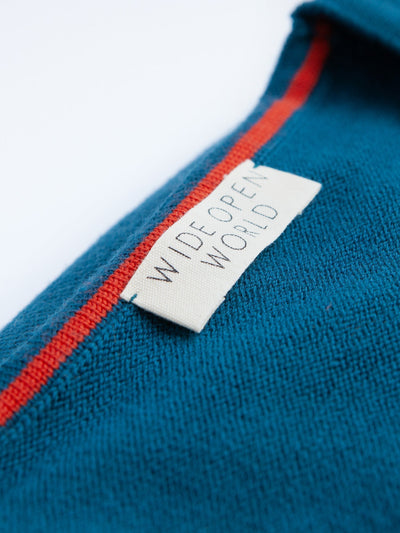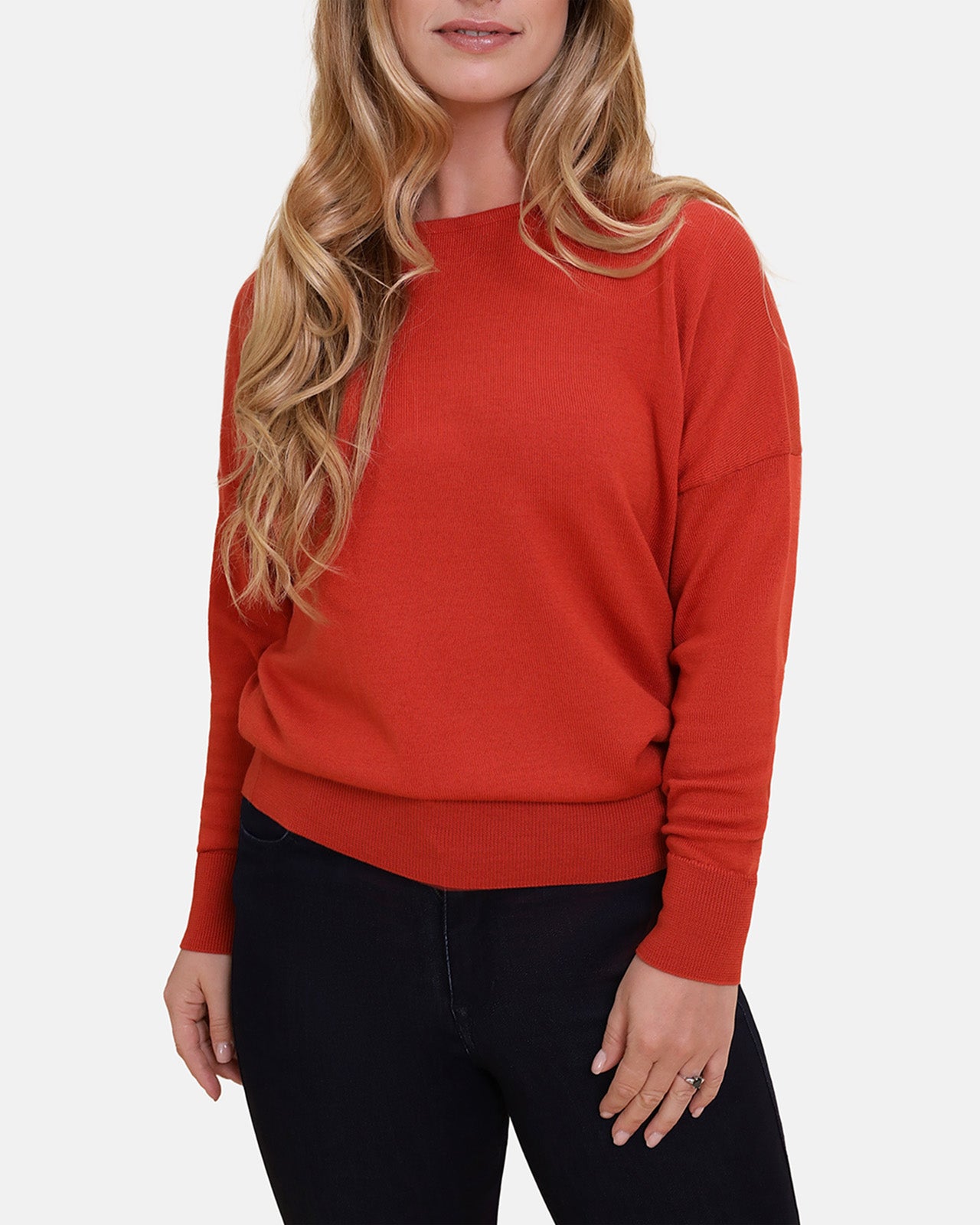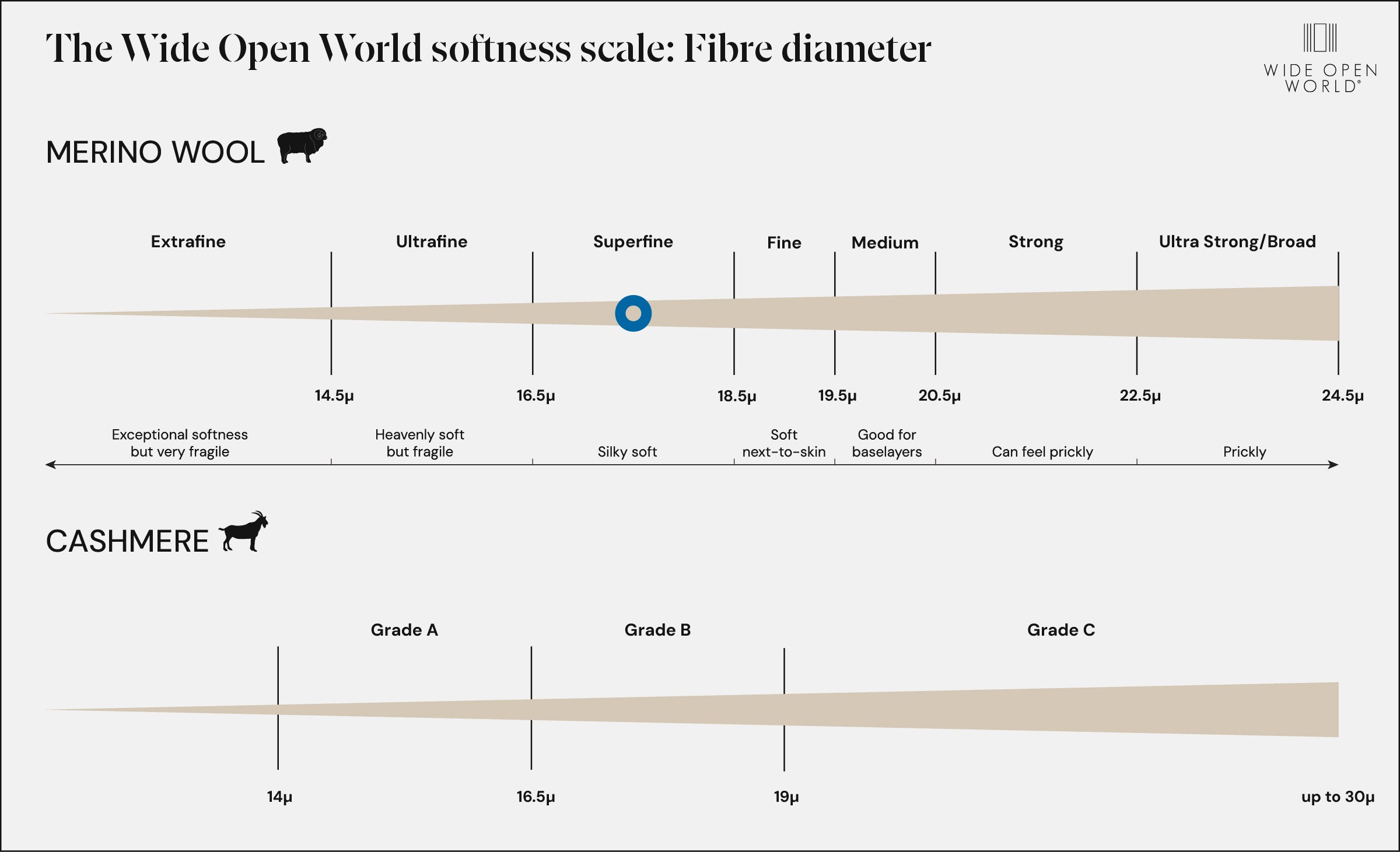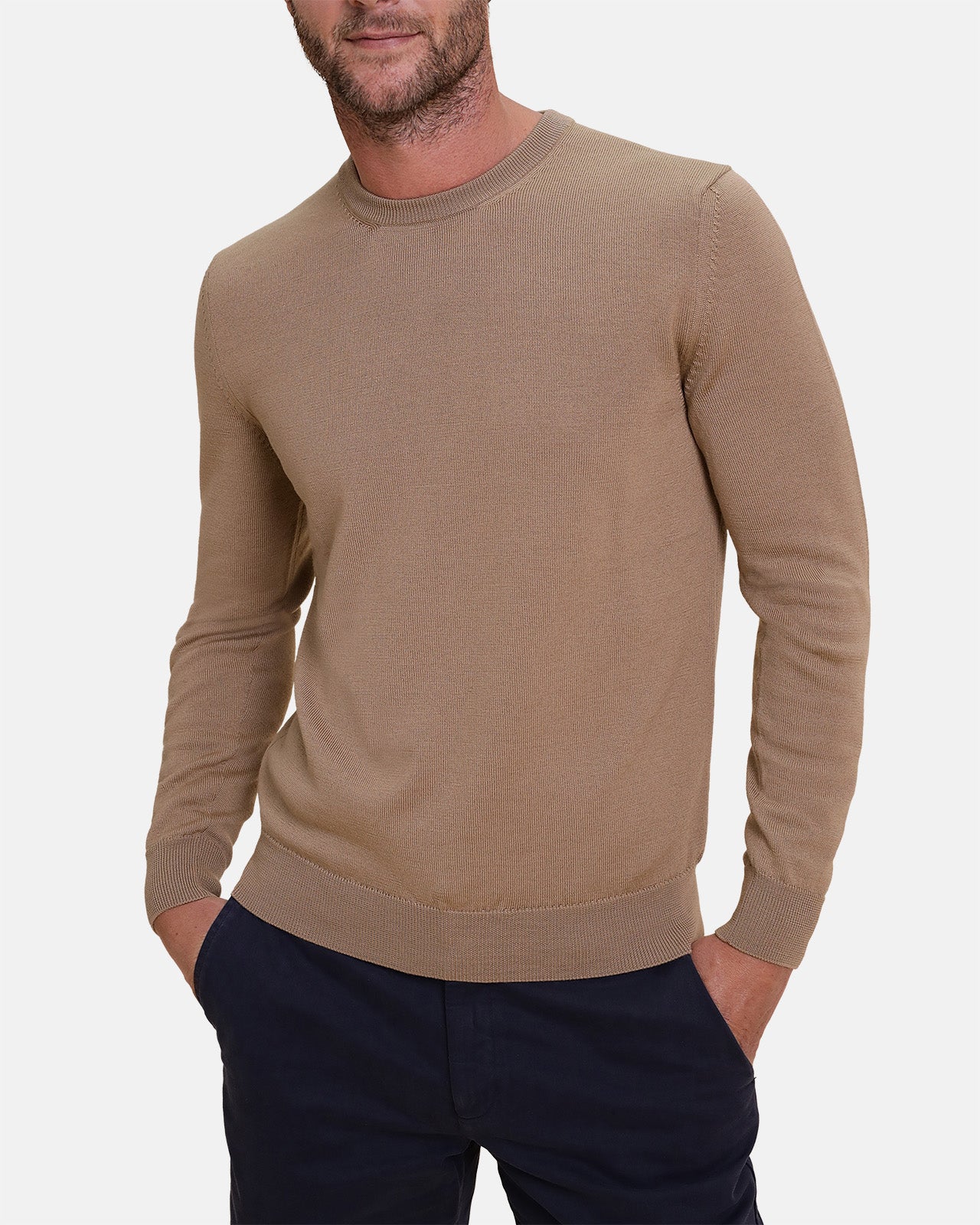Navigating the search for knitwear that maintains its elegant shape and withstands years of wear presents a genuine challenge. The contemporary fashion landscape abounds with imprecise quality claims, creating substantial difficulty in distinguishing truly superior garments from mass-produced alternatives. This definitive guide equips you with expert insights into selecting knitwear that delivers exceptional elegance, durability, and sustainability.
From fibre selection to craftsmanship techniques, we examine the critical factors defining high-quality knitwear—enabling informed investment in pieces that transcend seasonal trends. Whether evaluating the merits of merino wool and cashmere or assessing construction methodologies, this guide ensures you approach knitwear selection with confidence and discernment.
The Ultimate Guide to High-Quality Knitwear. Part 1: Materials and Fibres
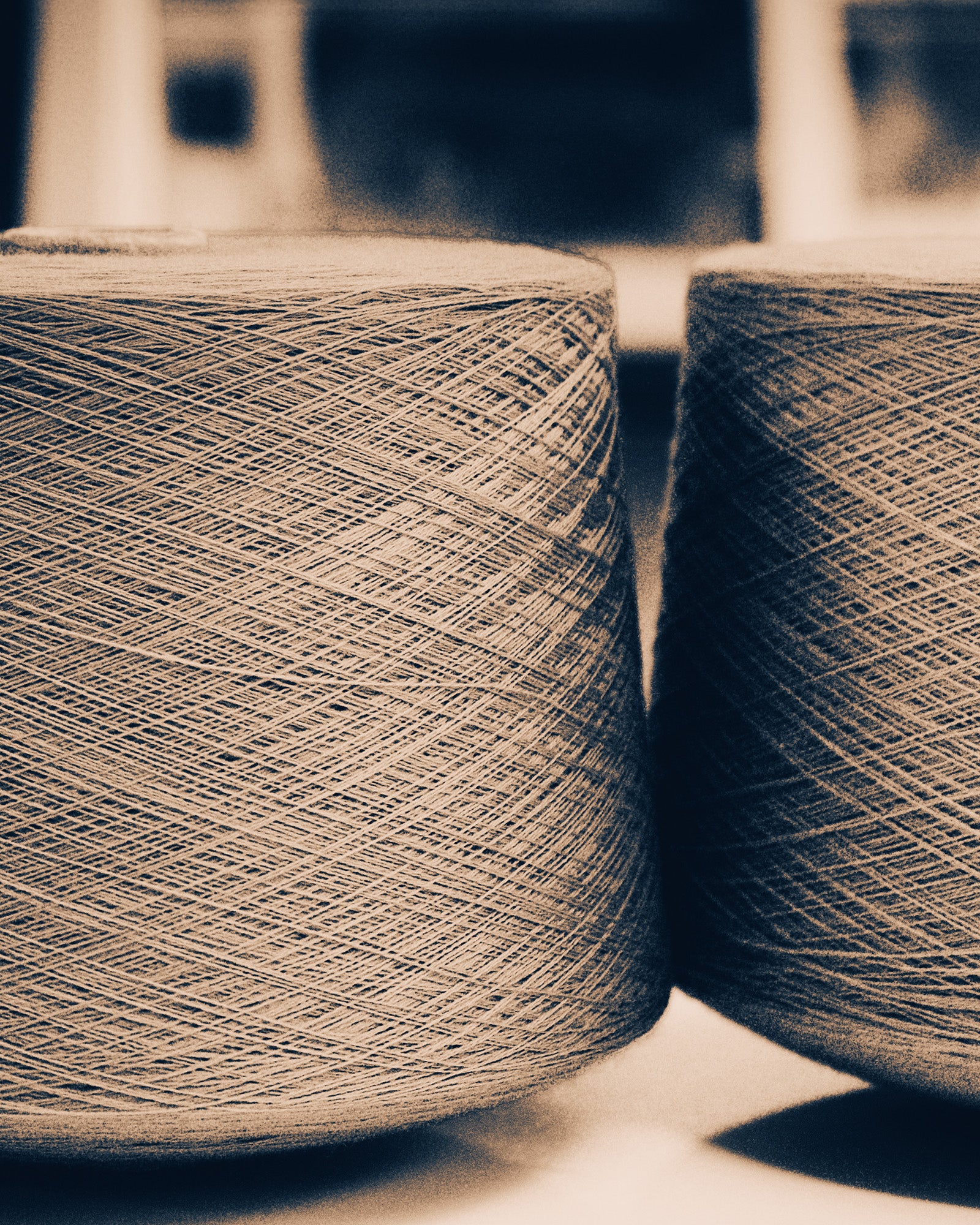

Introduction
Key takeaways
- Material fundamentals: Superior knitwear begins with premium, natural fibres such as superfine merino wool or grade A cashmere, with specific measurable characteristics.
- Construction determines longevity: Fully fashioned and hand-linked knitwear significantly outperforms cut-and-sew alternatives in both appearance and durability.
- Authentic sustainability requires transparency: Genuine sustainability focuses on ecosystem health, encompassing transparent fibre sourcing, animal welfare standards, and environmental conservation partnerships. Avoid greenwashing by seeking clear origin information and ethical production verification.

Choosing the right fibre: Natural vs. synthetic
The distinction between fibre types represents a fundamental consideration. While synthetic options like acrylic, nylon, and polyester dominate fast fashion, they present significant drawbacks: reduced breathability, bacterial proliferation leading to persistent odours, and environmental degradation through microplastic shedding. Synthetic fibres have also been associated with endocrine disruption, compromised fertility, and elevated cancer risk. Natural fibres offer a conscientious alternative, with the finest varieties representing objects of discernment since antiquity.
Merino vs. Cashmere: Which suits your requirements?
Fine knitwear selection often necessitates choosing between Merino and Cashmere. Merino wool derives from merino sheep, an ancient breed originating in Spain. Cashmere comes from cashmere goats native to the Himalayan region of Kashmir. While both offer tactile comfort, they differ significantly in loft, insulation properties, and durability.
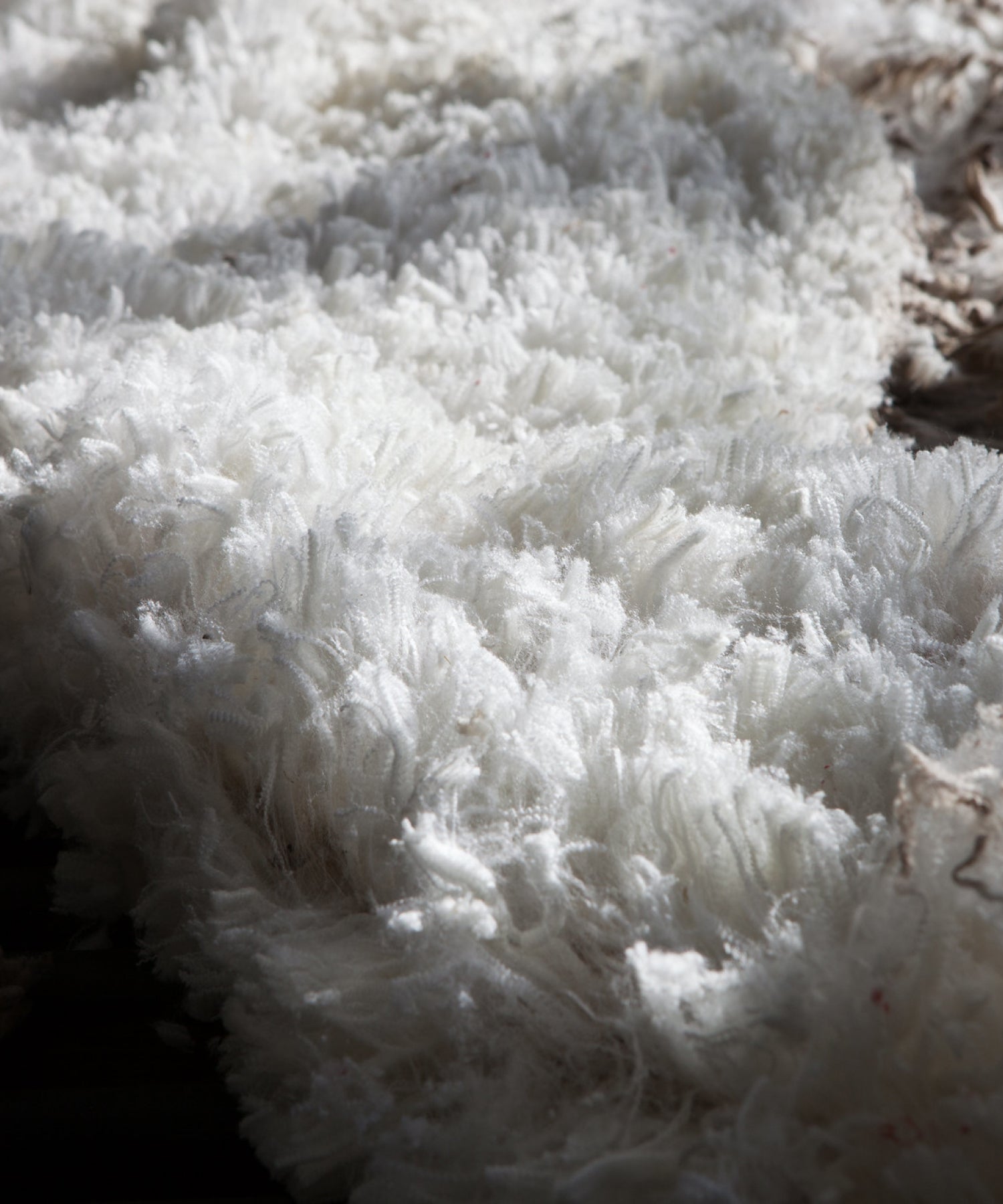 Tasmanian Superfine Merino fleece used by Wide Open World
Tasmanian Superfine Merino fleece used by Wide Open World
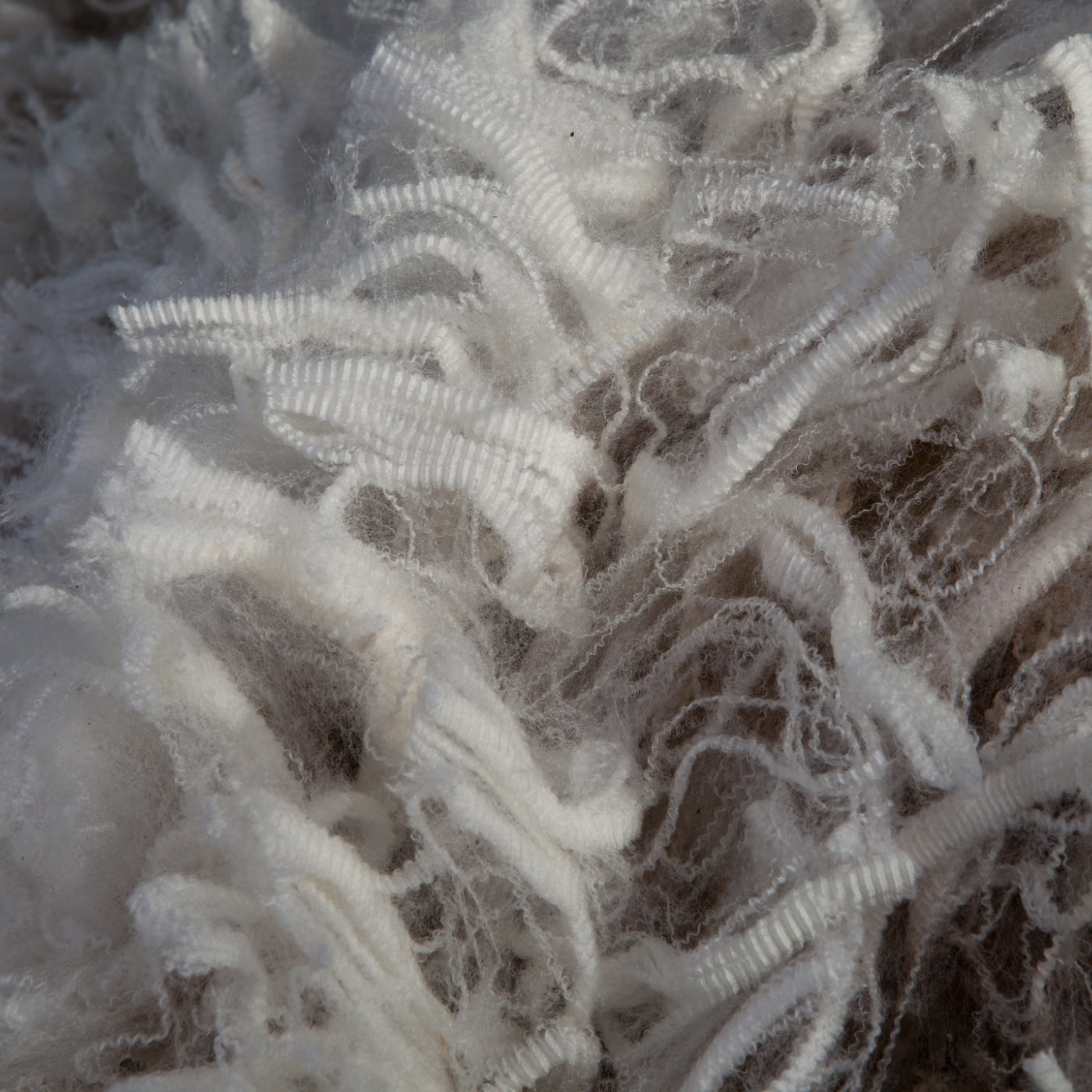 Tasmanian Superfine Merino exhibiting high crimp
Tasmanian Superfine Merino exhibiting high crimp
Softness & comfort
Both fibres can present exceptional softness, though both may also feel dry or exhibit prickling sensations against skin if not properly selected.
Softness is determined primarily by fibre diameter, measured in microns. High-quality cashmere typically ranges from 14 to 16.5 microns, while Merino wool spans from below 14 to beyond 22 microns. Finer diameters correlate with enhanced softness and correspondingly higher production costs. This numerical precision carries substantial importance. The distinction between 18 and 20 microns may appear negligible mathematically, yet your skin immediately perceives the superior comfort of the finer fibre. This underscores the importance of transparency regarding specific fibre measurements—a standard that reputable manufacturers should maintain. A note of caution: some brands incorrectly specify their fibre grades. When investing in quality knitwear, inquire specifically about fibre diameter measurements.
However, finer doesn't invariably translate to superior overall quality. It introduces certain compromises, primarily regarding durability. For garments worn directly against skin, we recommend selecting fibre diameters below 19.5 microns, ideally below 18.5. However, below 16.5 microns, the incremental benefits in softness become arguably marginal while significantly compromising long-term durability.
Beyond diameter, another characteristic receives insufficient attention yet significantly impacts comfort: loft. Cashmere's higher loft (indicating superior air entrapment within fibres) creates a lighter perception against skin while providing substantially greater insulation—potentially problematic for individuals prone to overheating. Higher loft corresponds directly with increased thermal properties.
Merino wool presents a compelling middle ground, offering balanced benefits, particularly when sourced from genuine superfine Merino grades such as our single-origin Tasmanian Merino. Superfine merino achieves an elegant equilibrium between tactile comfort and structural integrity, making it ideal for crafting refined knitwear with exceptional longevity. From superior thermal regulation to natural resistance to pilling, Merino wool stands preeminent among natural fibres. It excels in winter layering while remaining comfortable against skin during warmer months. The world's most prestigious suiting fabrics employ Merino wool for precisely these qualities.
- Superfine merino: Optimal diameter range between 16.6-18.5 microns
- Premium cashmere: Superior grades range between 14-16.5 microns
 Wool classer testing wool quality for Wide Open World
Wool classer testing wool quality for Wide Open World

Fibre length: The foundation of durability
Longevity in knitwear derives primarily from fibre length.
- Cashmere fibres: 28-42mm (shorter fibres correlate with increased pilling tendency)
- Merino fibres: 50-140mm (longer fibres provide enhanced structural integrity and durability)
This substantial difference directly influences long-term performance. Shorter cashmere fibres create inherent vulnerability to pilling and accelerated wear, while longer merino fibres deliver superior stability and resilience through extended use. The underlying principle is straightforward: Fibres are twisted together to create yarn, analogous to strands twisted into rope. Shorter fibres become dislodged more readily, while longer ones maintain position within the yarn structure. This explains why shorter fibres demonstrate greater susceptibility to pilling, a phenomenon examined thoroughly in our companion article "Piling explained. Why It happens & how to prevent it".
Logically, cashmere requires careful handling due to its inherent delicacy. Conversely, merino exhibits natural resilience at more than double the typical fibre length, representing a superior investment for frequent wear.
Our Tasmanian Superfine Merino ranks among the longest available at approximately 120mm, contributing significantly to our garments' exceptional appearance retention years after purchase.

Temperature performance: Adaptability vs pure warmth
Both fibres deliver excellent insulation with distinct performance characteristics:
- Cashmere: Exceptional warmth-to-weight ratio but potentially problematic in fluctuating temperatures
- Merino: Superior breathability and moisture management across diverse conditions, absorbing up to 30% of its weight in moisture while maintaining dry comfort
For versatility throughout seasons and situations, superfine merino provides remarkable adaptability from climate-controlled environments to outdoor excursions. It naturally resists odours, wrinkles, and stains, while representing the most successfully recycled fibre globally—truly nature's technical marvel.
Practical buying guide
Choose cashmere if:
- Maximum thermal efficiency for occasional cold-weather wear represents your priority
- You appreciate its characteristic loft and distinctive textured appearance
- You accept more demanding care requirements and potentially limited wear cycles
- You understand cashmere's inherently greater susceptibility to pilling compared to merino
Choose superfine merino if:
- You require consistent comfort across varied temperatures and activities
- You value next-to-skin comfort with refined, silky tactile properties
- You prioritise long-term durability and expect investment pieces to maintain quality through regular wear
- You appreciate elegant drape, clean lines, and a sharp appearance
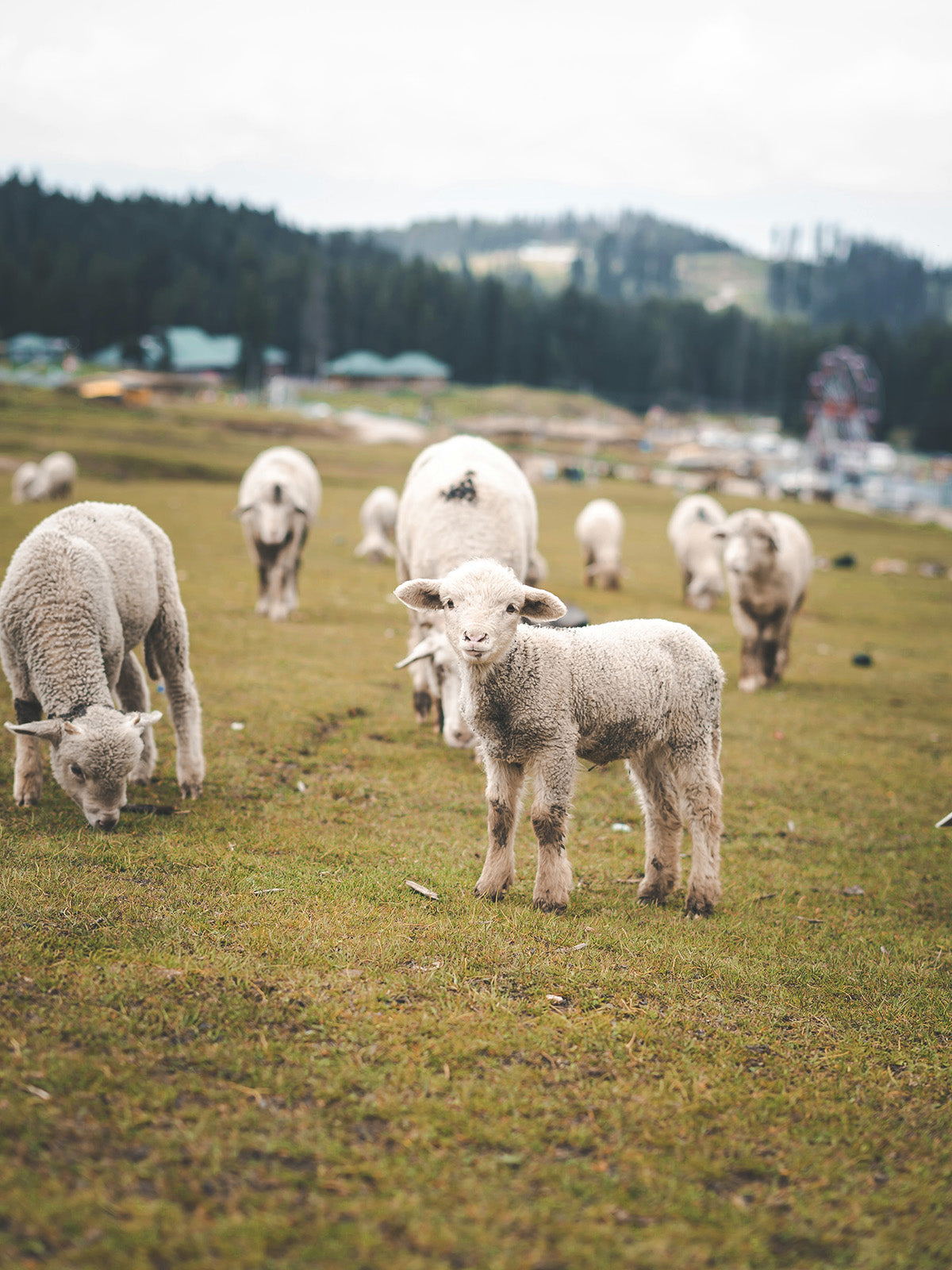
A note on lambswool
Lambswool simply identifies wool harvested during a sheep's first shearing, typically at approximately seven months of age. Given our explanation of key quality differentiators, you might reasonably question: What sheep breed produces it? What are its specific fibre diameter, length, and strength characteristics? Surprisingly, these variables remain entirely undefined by the term itself—it represents primarily a marketing distinction. The sheep's age doesn't determine quality; rather factors including fibre diameter, length, and strength fundamentally determine wool quality, including lambswool. While certain varieties, such as superfine Merino lambswool, can demonstrate exceptional properties, it's essential to understand that the wool's quality doesn't derive principally from the animal's age. Fibre diameter and length remain the critical variables for discerning quality.
This guide continues in Part 2, where we explore craftsmanship and construction.

Recent articles
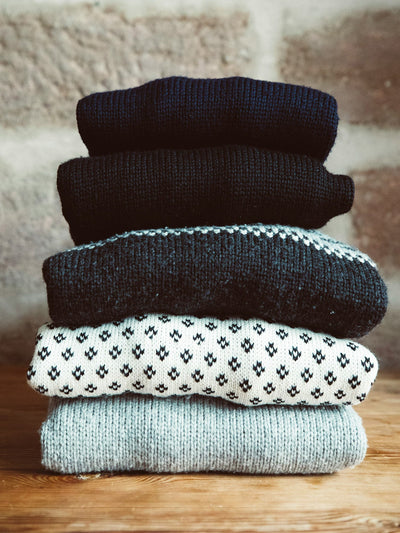
Piling Explained. Why It Happens & How to Prevent It.

The Ultimate Guide to High-Quality Knitwear Part 3: Sustainability and Ethical Production
